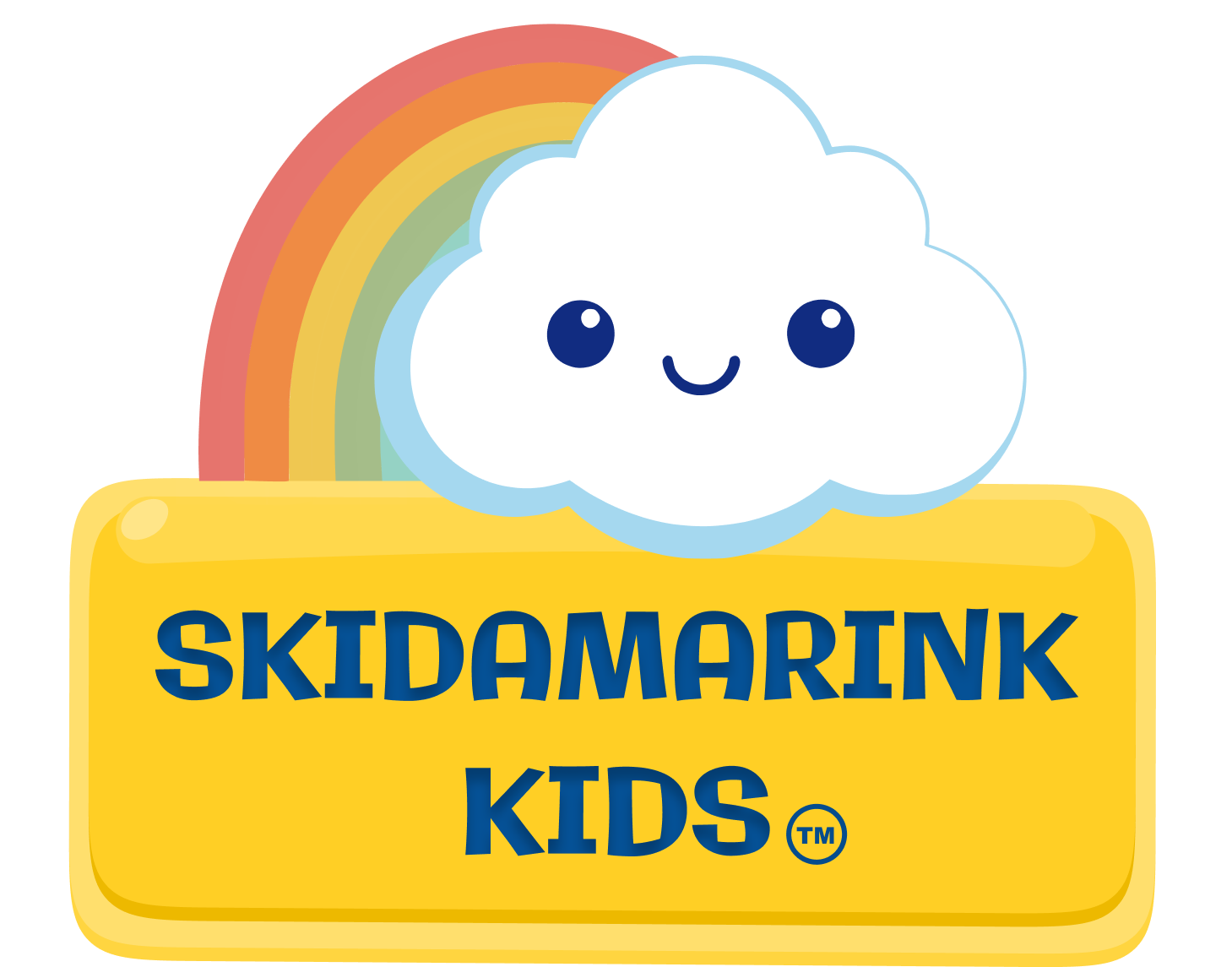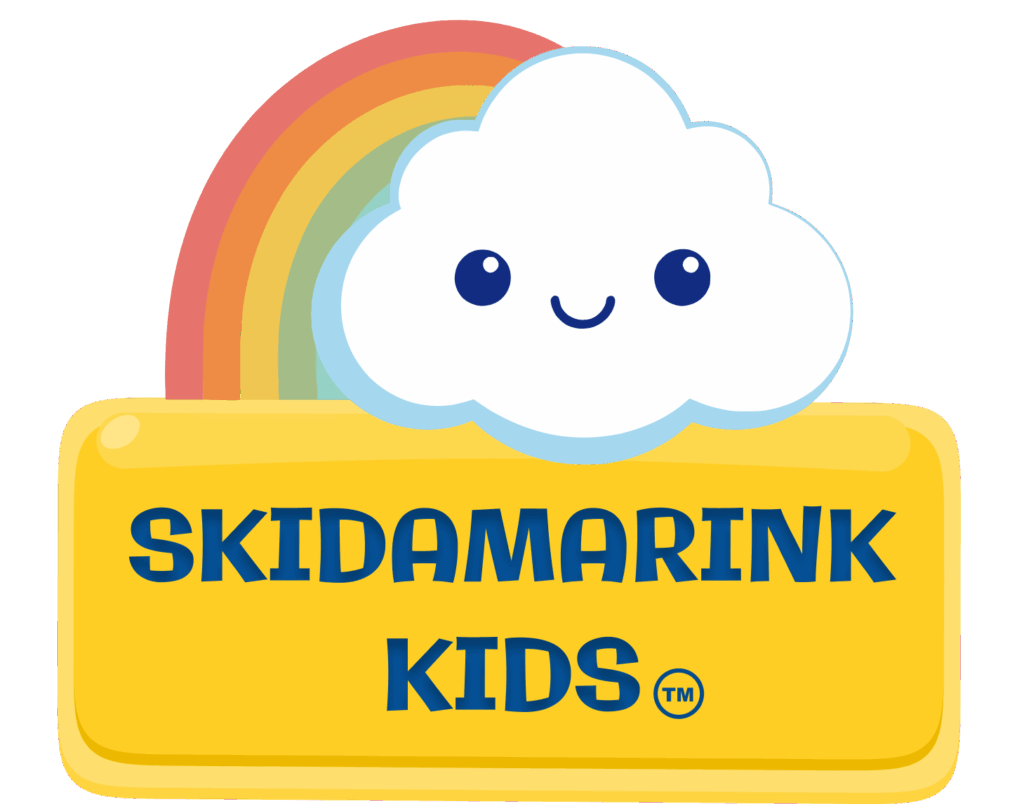Understanding common tantrum triggers for toddlers and young children is like having a roadmap to prevent toddler meltdowns before they happen. As parents or caregivers of infants, we become skilled detectives. We carefully observe every cry to determine if our baby needs food, sleep, comfort, or a diaper change. However, when our children become toddlers, we often abandon this detective mindset. Instead, we shift to expecting them to “know better” and behave appropriately.
Here’s the truth though: toddler brains aren’t mature enough to cope with life’s stresses completely on their own. It’s our job to continue being detectives. By identifying the causes behind their big emotions, we can help them co-regulate until their brains develop enough to recognize and avoid these tantrum triggers themselves. When you identify patterns in your child’s behavior, you can often address their needs before frustration reaches the boiling point.
Physical Tantrum Triggers
Basic Needs And Comfort
Many meltdowns stem from unmet physical needs. When children’s bodies aren’t comfortable, their ability to handle emotions decreases significantly.
Fatigue-Related Triggers:
- Tired: Overtired children are prone to emotional outbursts and increased irritability
- Poor sleep quality: Disrupted or insufficient sleep affects emotional regulation throughout the day
Nutrition and Hydration:
- Hunger: Low blood sugar directly affects mood and patience
- Thirsty: Even mild dehydration causes irritability and fatigue
- Poor nutrition: Diets high in processed foods, sugar, and food dyes can affect overall well-being and mood stability
Activity and Comfort Needs:
- Limited physical activity: Children need active play to release energy and reduce stress buildup
- Physical discomfort: Always check for dirty diapers, pain, rashes, illness, or temperature issues (too hot or cold)
Sensory Overload: A Major Trigger
Environmental overwhelm is one of the most common what causes for meltdowns. These factors include:
- Too much noise in busy environments
- Bright or flashing lights
- Overwhelming tactile input (rough textures, sticky hands)
- Too many activities or transitions in a short time

Understanding your child’s sensory preferences and limits helps with preventing toddler tantrums before they escalate.
Emotional Tantrum Triggers
Psychological and Social Needs
Emotional tantrum triggers often relate to your child’s need for security, connection, and autonomy:
Security and Safety Concerns:
- Feeling unsafe or unsure in new environments or situations
- Anxiety about changes in routine or unfamiliar people
- Overwhelm from too many choices or decisions
Connection and Attention Needs:
- Needing positive attention from caregivers
- Feeling unheard or powerless in family dynamics
- Competing for attention with siblings or other demands
Emotional Processing Challenges:
- Experiencing strong emotions without the vocabulary or skills to express them appropriately
- Struggling to communicate needs due to limited language development
- Reacting to caregiver stress and picking up on tension in the home environment
Common Tantrum Triggers: Recognizing Patterns
Becoming a Detective for Your Child
Effective meltdown prevention starts with observation. Understanding what causes meltdowns for your specific child requires paying attention to patterns.
Timing Patterns:
- What time of day do meltdowns most often occur?
- How long has it been since meals, snacks, or naps?
- What happened in the hour before the tantrum?
Environmental Factors:
- Where do tantrums typically happen?
- What sensory elements were present?
- Who else was around during the meltdown?
Emotional Context:
- What transitions or changes occurred?
- Were there unmet requests or disappointed expectations?
- How was your own stress level at the time?
Your Pocket Guide to Calmer Days: Meet Tantrum Tamer
Understanding triggers is just the beginning. Actually preventing meltdowns in real life? That’s where most parents need help. That’s exactly why we created the Tantrum Tamer App.
What’s inside your pocket guide:
- Quick-tip guides for common triggers, handling meltdowns in the moment, and preparing for outings so you’re never caught off guard
- Daily schedule builder with prompts helps you plan around triggers before they happen (because prevention beats reaction every time)
- Curated resources and supplies for sensory processing and self-regulation support—no more endless Google searches
- Fun reward system that empowers your child as they build impulse control and self-regulation skills
Learning to manage big emotions takes time. It’s a journey, not a quick fix. Tantrum Tamer walks alongside you every step of the way, turning overwhelming moments into manageable ones. Great for caregivers of children 2-10, as well as families with special needs kids of all ages.
Ready to have expert support in your pocket? Download Tantrum Tamer and make the meltdown journey easier for your whole family.
Pro Tip for Parents
Understanding your child’s specific tantrum triggers helps prevent meltdowns before they start. Notice patterns in your family’s daily life. Does your child struggle more when tired, hungry, or overwhelmed? This awareness transforms you from reactive to proactive in supporting your child’s emotional wellbeing.
For more information on how to create a schedule for your child to help reduce meltdowns, see our companion blog “Daily Routine for Kids: Creating Structure That Supports” for tips.
Be Proactive in Meltdown Prevention
Identifying what sets off your child is an ongoing process that evolves with their development. What causes toddler meltdowns at age two may be completely different at age three or four. Understanding child behavior patterns requires staying curious, patient, and observant as you learn what your child needs to feel regulated and secure.
By focusing on prevention through awareness of triggers, you’re not just avoiding difficult moments. You’re continuing the same nurturing detective work you did when they were babies, helping them develop the foundation for lifelong emotional regulation skills. Understanding these patterns sets the stage for learning proactive prevention strategies and effective in-the-moment responses when meltdowns do occur.
Want to Learn More?
For more information related to meltdowns in children, check out our companion blogs:
Helpful Resources for Managing Toddler Tantrums:
- “Easy to Love, Difficult to Discipline“ by Dr. Becky Bailey – Comprehensive strategies for positive discipline
- “If I Have to Tell You One More Time” by Amy McCready – Practical solutions for common behavior challenges
A Parent-to-Parent Note
The information provided in this blog is for educational and informational purposes only and is not intended as medical, psychological, or professional advice. Every child develops at their own pace, and what works for one family may not work for another.
While understanding tantrum triggers can be helpful for most families, persistent or severe behavioral challenges may require professional evaluation. If your child’s tantrums are frequent, intense, involve self-harm or harm to others, or significantly interfere with daily functioning, please consult your pediatrician, a child psychologist, or other qualified healthcare professional.
The strategies discussed here are general recommendations and should not replace personalized guidance from a professional who knows your child’s specific needs and circumstances. Trust your instincts as a parent – you know your child best.
– Kendra








